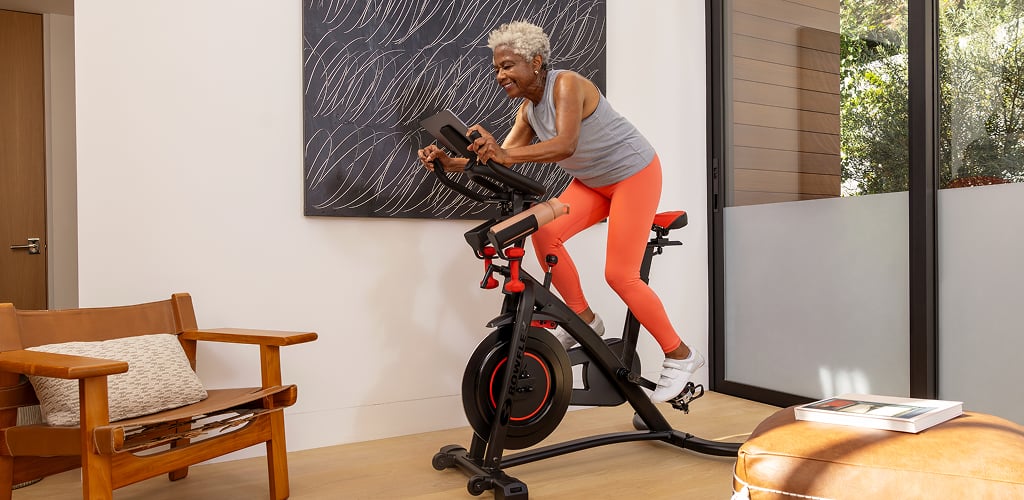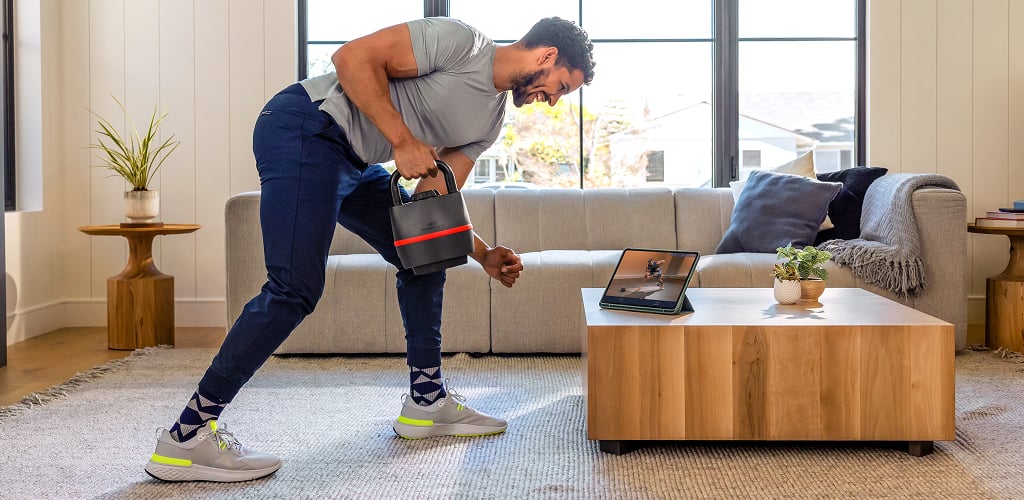Move For Your Mind: How Exercise Boosts Your Mental Health

Feeling stressed, anxious, or just not like your normal self? You're not alone, and here's the good news: moving your body is one of the most effective, research-backed ways to boost your mental health and mood.
Beyond building muscles or improving endurance, exercise supports your emotional wellbeing, reduces stress, and builds mental resilience. Even small amounts of daily movement can make a noticeable difference in how you feel.
Let's dive into three ways exercise supports your mental health — and how to make movement a sustainable part of your daily routine.

Exercise Can Reduce Stress and Anxiety
Work deadlines, juggling a busy personal life, or anything else that puts a strain on your emotions can trigger a stress response. When stress hits, your body will let you know: a spiked heart rate, tensing muscles, and a racing mind are all signs that stress is taking over.
Physical activity activates your parasympathetic nervous system (PNS), counterbalancing your natural stress response, or "fight or flight" response. After exercise, the PNS works to slow down your heart rate, lower your blood pressure, and bring your breathing rate back down to a more relaxed state.
Even just 20 minutes of aerobic exercise (think: brisk walking, indoor cycling, or swimming) can lower your body's cortisol levels (aka your primary stress hormone) while boosting endorphins (your 'happy' hormones).
Take Action:
- Get outside! Take a brisk walk around your neighborhood or out in nature — it's a great mood booster, plus it can help improve your sleep quality, too.
- Carve out 10-20 minutes a few days this week to jump on an indoor cycling bike or walk on the treadmill.
Exercise Can Boost Your Mood
Even if you're not feeling stressed, you might be stuck in a slump, low on motivation, or just not quite yourself — and exercise can help with that, too.
Exercise increases the production of neurotransmitters (serotonin, dopamine, and norepinephrine), which all play a key role in mood regulation. Plus, building a consistent movement routine over time can rewire your brain for resilience, making it easier to bounce back from life's challenges.
Exercise also fosters a sense of accomplishment and routine, which are both incredibly important, especially when you are struggling mentally.
Take Action:
- If you are new to exercise, start small with 10-20 minutes of cardio, like walking on a treadmill, or try out a beginner's strength training routine.
- If your current exercise routine is starting to feel a little stale, try taking a new-to-you fitness class (like the trainer-led or Explore the World workouts offered through JRNY) or try a new workout modality you haven't before, like our part-stepper, part-elliptical Max Trainers.
Exercise Can Increase Your Social Connections
Exercise can often seem like a solo activity, but movement can be one of the most powerful ways to reconnect with yourself, your environment, and other people.
Taking walks with friends or trying out a group fitness class are both simple ways to fill your social cup while getting in some exercise. Even if you're exercising in your home gym, you don't have to feel alone. With JRNY's personalized, trainer-led workouts and immersive Explore the World features, you can stay motivated and feel connected while working out at home.
Take Action:
- Schedule time to take a walk with a close friend or family member or engage in a fitness challenge together.
- Boost your at-home fitness routine with a trainer-led workout through JRNY.

How to Make Exercise a Sustainable Part Of Your Routine
Starting (or restarting) a fitness routine can be tough, so it's important to simplify the process as much as possible. Here's how:
- Start slow: if you want to get into running, start with one or two cardio sessions and gradually increase your mileage or time on the treadmill over time. Similarly, if you want to get into weight training, start with a lighter weight rather than pushing yourself to hit your goal weight target right away.
- Set realistic goals: define short and long-term goals that are both achievable and motivating. Consider following the SMART framework when setting goals for your fitness routine (Specific, Measurable, Attainable, Relevant and Timely).
- Plan your workouts: consider scheduling in your workouts like appointments and pick times when you're most likely to stick to your routine: early morning, over your lunch break, or in the evening.
- Upgrade your gear: having the right gear can make a significant difference in your fitness journey; not only can it improve your performance and help you reach your goals, but it can also boost your motivation to stay consistent with your routine. Not sure where to start? Check out some of our bestsellers:
- BowFlex T9 Treadmill - a treadmill that lets you work out the way you want
- Bowflex Max Trainer SE - a quiet, low impact, total body workout
- BowFlex Xtreme 2 SE Home Gym - our best-selling Power Rod gym
- BowFlex VeloCore 22 - the indoor exercise bike that leans
Get workout inspiration, wellness tips, and the latest deals sent to your inbox.
The content on this blog is for informational and entertainment purposes only and should not be considered medical advice. This information is not a substitute for professional medical diagnosis, treatment, or advice. Always consult with your physician or another qualified healthcare provider before beginning any new exercise program, making changes to your fitness routine, or if you have questions about your health.
You may also like:
You Should Add HIIT To Your Fitness Routine — Here's How

